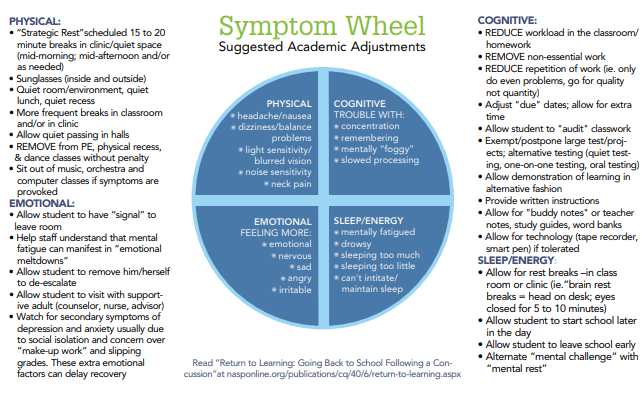
Nearly 4.8 million children between the ages of five and 18 years old will suffer a concussion from sports this year, according to the Brain Injury Research Institute. Governor Kim Reylonds proclaimed March as Brain Injury Awareness Month in Iowa to bring light to the issue. Over recent years, high schools all over the country have implemented concussion protocols to protect student-athletes.
Athletic Director Tyler Hotz says that process at Mid-Prairie begins before an athlete is allowed to step on the field, “Initially, what we do is every athlete in our sports at the beginning of the year takes a baseline test. This established what their normal cognitive function is. Then anytime whenever the student is diagnosed with a concussion we use that as a measuring stick to see what their cognitive function is post concussion.”
Hotz adds that once the student is cleared to resume athletics they are eased back in to their sport. Return time from this point can vary on the athlete and the sport. In addition to testing and education, Hotz says Mid-Prairie is also looking to improve their equipment to keep their athletes as safe as possible. Symptoms of a concussion can include headache, nausea, fatigue, confusion, sleep disturbances, or mood changes and may not show up immediately.

